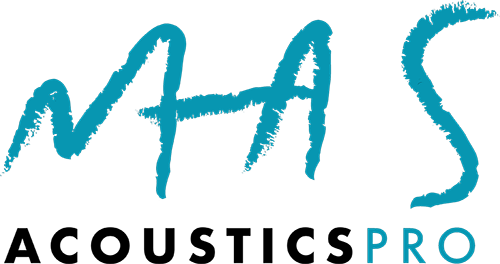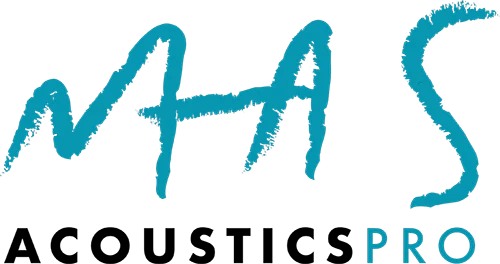An acoustic audit is a study aimed at determining whether all noise and vibration sources in a business or economic activity comply with local regulations, both externally and internally.
Why are acoustic audits important?
There are two main reasons why conducting this type of measurement—also known as an acoustic study—is necessary for any residence or workplace:
- To prevent noise pollution and loss of well-being.
Awareness and understanding of the negative effects of noise pollution have grown significantly in society. Acoustic measurements consider both the immediate space and the transmission of sound to the surrounding environment. According to the WHO, prolonged exposure to noise can lead to physical ailments such as hearing loss, high blood pressure, sleep disturbances, and even cardiovascular problems. - To comply with local regulations.
Most public administrations have established limits on the generation of noise and vibrations, both externally and internally, to protect employees and neighboring residents or businesses.
Is it mandatory to conduct an acoustic audit for a venue?
In some regions, it is mandatory to carry out an acoustic study for commercial venues, industrial activities, or service providers that require environmental authorization. This also applies to any venue producing noise levels above 70 dB or engaging in activities that could generate similar levels of noise.
Examples include bars, gyms, cinemas, gaming halls, carpentry workshops, auto repair shops, nightclubs, music schools, recording studios, and audiovisual production spaces. The specific requirements for each venue are detailed in municipal regulations.
According to the law, any activity that may become a noise source must have its space acoustically measured. If needed, professionals must be hired to implement the necessary acoustic isolation and conditioning measures to eliminate potential noise pollution.
What should an acoustic audit include?
- Identification of noise and vibration sources (e.g., industrial machinery, motors, air conditioning systems, public address systems) that may exceed permitted levels.
- Data collection for each source.
- Data analysis.
- Assessment of the impact of noise or vibrations, whether short-term or prolonged, on the health of nearby residents or workers.
- Recommendations for improvements or corrective measures. If the audit is not passed, corrective actions must be implemented, followed by a new acoustic study.
In regions where required, acoustic audits must be conducted every five years.
The most important measurement parameter is the equivalent continuous sound level (LAeq,T), as it allows variable noise over a time interval T to be interpreted as a continuous sound pressure level. In acoustics, sound levels that have been exceeded during a certain percentage of the measurement time are referred to as statistical parameters. For example, LA90 45 means that during 90% of the time, the sound levels are above 45 dB(A).
Frequently Asked Questions about Acoustic Audits
Is the acoustic certificate the same as an audit?
No, the acoustic certificate is only obtained after the premises or space in question has undergone an audit—once the works authorized by the environmental license have been completed—that verifies the results.
The acoustic audit must be carried out once the activity has started and at least every five years thereafter.
What is the usual price of an acoustic audit?
Depending on the activity, business, or industrial area being assessed, the cost of the acoustic audit may vary. We recommend consulting the list of authorized entities that perform this type of acoustic report in order to request a personalized quote, whether in Catalonia or in Valencia.
At Mas Acoustics, we are not an authorized ECA (Collaborating Entity of the Administration), which means we cannot offer acoustic audit services that are legally valid for opening a venue. Our service is focused on conducting acoustic studies to ensure that all necessary actions are implemented for a successful outcome in audits performed by the relevant authorized entities in each region.
Does an audit include noise measurement?
Yes. An acoustic audit, as mentioned earlier, includes sound measurements both inside the room and the amount of noise it emits to the outside.
Who can carry out an acoustic audit?
This varies significantly depending on the Autonomous Community. Some regions follow regulations that differ from the standard.
In Catalonia, the audit must be performed by an ECA (Collaborating Entity of the Administration) that is expressly authorized to do so, ensuring that the acoustic measurement has legal validity and can be upheld in court.
In the Community of Madrid, on the other hand, any certified engineer can carry out this task.
In the rest of the country—except for the Valencian Community, which has its own regulations established by the Consell de la Generalitat Valenciana—the responsible institution is ENAC (National Accreditation Entity). ENAC evaluates the work of companies across sectors that offer services required for obtaining any type of certificate, including the acoustic certificate needed to open a venue.
Companies backed by an ECA or ENAC can legally and officially certify the proper acoustic condition of any space.



